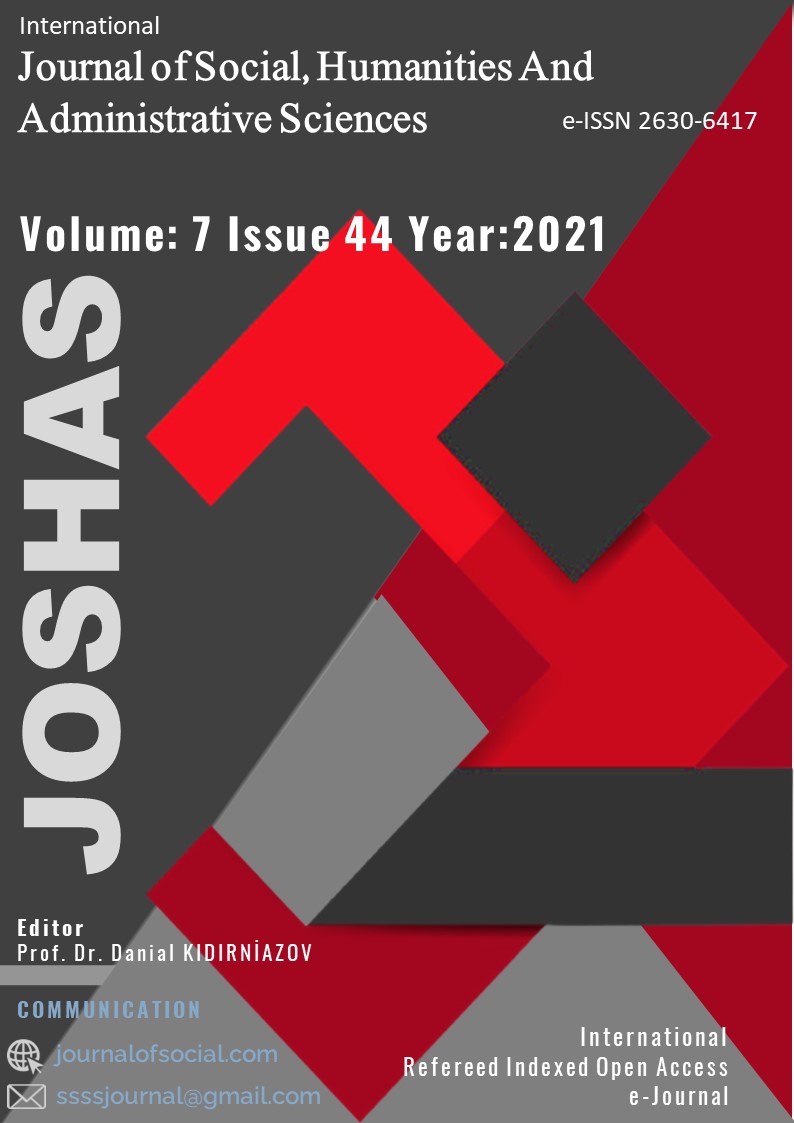Author :
Abstract
إن المناهج النقدية الحديثة التي نشأت في الغرب وترعرعت هناك، كانت تقتصر على دراسة الأدب والأعمال الإنسانية عموماً، ومن هذه المناهج: السيميائية وهي تهتم بدراسة النص من خلال الاهتمام بدلالة الإشارات والعلامات الموجودة فيه، ثم رأينا الباحثين المسلمين يتناولون تفسير كتاب الله سبحانه من خلال هذا المنهج. فجاءت نتائج قراءتهم مختلفة عن التفسير المقاصدي، التفسير الذي يهتم بالمقاصد والغايات الكبرى للقرآن الكريم، من خلال تقديس القرآن الكريم وتقديس منزِّله، بخلاف السيمياء التي لا تولي أي اهتمام بالقائل ولا بمقاصده، بل تستغرق في الرسوم والرموز. فهل قدم لنا المنهج السيميائي أيَّ جديد في الحقل التفسيري؟ هذا هو محور البحث، من خلال دراسة نقدية لبحثٍ يتناول قصة صاحب الجنتين سيميائياًا
Keywords
Abstract
The new critical methods, which were originated and developed in the West, were confined to literature and human research in general. Semiotic approach was one of these methods, that focused on studying the significance of signs in the text. We have seen many Muslim researchers interpreting the word of Allah through this approach; therefore, their findings contradict the objectives of interpretation and the noble goals of the Quranic teachings. Semiotic approach is denying the divinity of the text and revelation, focusing on signs unlike the classical method of interpretation which glorifies Quran and revelation. Did Semiotic approach present any new in terms of content? This is a focal point in this research. I attempted to answer that question using the Semiotic method to interpret the story of two gardens’ lord and criticize its findings comparing with our venerable commentaries.
Keywords
- Emud’uş,F.(2010) ,El -Menhecu’l Simyai , Makalete Menşurete Ala Mevki Şebekete El -Lugate’l-Arabiyyeteİbn-Aşur,M.(1984) , Tahrirü ‘l Mana Es-Sedid Ve tenvirü’l Akli El-Cedid Min Tefsiri’l Kitabü’l Mecid.El Dar El-Tunusiyete Linneşır
- Ebu -Aşur ,Vav .(2013) Et – tefsirul Makasidi Li- Suveru’l –Kur’ ani ‘l Kerim, Mevki Şebekete El -Eluket Burhanettin El – Bıkaai ,.Nezmud -Dereri Fi Tenasübü’l Ayi Ves-Sur, Daru’l -Kitabu’l İslami
- Benkerad ,S.(2012),Es-Simayaiyatu Mefahimuha Ve tatbikatuha,Dar-ul Hevar Lin-neşır
- El-Tehanuyi, M.(1996), Mevsuatu Keşşaf Istilahatu’l -Funun Ve ‘Ulum , Teh : Ali Dehruc,Ter; Abdullah El - Halidi , Mektebetu Lübnan Naşirun
- Cebran ,Ayn .(1988),Mefhumus-Simyaiyetu , El-Hevaru ‘l Akademi Ve ‘l Cami , El -Adedu El -evvel
- El -Cevheri , Elif .(1987), Es-Sihahu Tacu’l -Lugate Ve -Sihahul -Arabiyyete , Teh :Ahmed Abdu ‘ l Gafur İtar , Dar ’ul -İlmu Li ‘lMelayin
- El-Helevani,Yan.(2005),Fi -Kiraate’s Simyaiyyete Matbaatu’t -Tefsir ’il -Fenni
- Hemdavi ,C.(1997), Medhel ile’l Menhecil Simyai , An: Can Klod Kouki ( Ve hüve Bi’l Frensiyete) ,Mecelletu Alimu’l Fikr ,mec.3 .
- Deffte,B.(2003),İl’mul Simyai Fi’t -Turas ‘il -Arabi,Mustelun min Mecelletu’t – Turasu’l -Arabi, El – Aded.91
- Şeyh Emin, B.(1973)Et-Tabir’ ul -Fenni Fi ‘l Kuran ’il Kerim, Dar’u-Şark . Aleyu, Ayn, Simyaiyete’l Emsal Fi’l Hitabi El -Kurani
- El -Kurtubi,Mim(1964), El-Camiu’l Ahkam’ul Kuran, Teh :Ehmed ‘ul Berduni Ve İbrahim Etfiş Daru’l Kutubu’l Mısriyete .
- Kutup, Sin(2003),Fi Zilal’il Kuran, Daru-şuruk .
- El-Kenuci, Sad.(1978),Ebcedu’ul Ulum-El -Veşy’ul Merkum Fi Beyani Ehvalu’l Ulum, Menşuratu’Sekafete Ve’l İrşad El -Kumi .
- Mubarek,He .(1987) Durusu Fi Simyaiyat , Dar’u Tubkal Lin-neşr
- El -Merteci, Elif.(1987), Simyaiyetun -Nas ‘ul Edebi ,Efrikiyeş-Şerk .
- El -Mesdi, Ayn.(1994), El -Mustalahun -Nekdi, Müessisatü Abdül’ü Kerim Bin Abdullah Lin-neşr Ve ‘t Tevzi .





